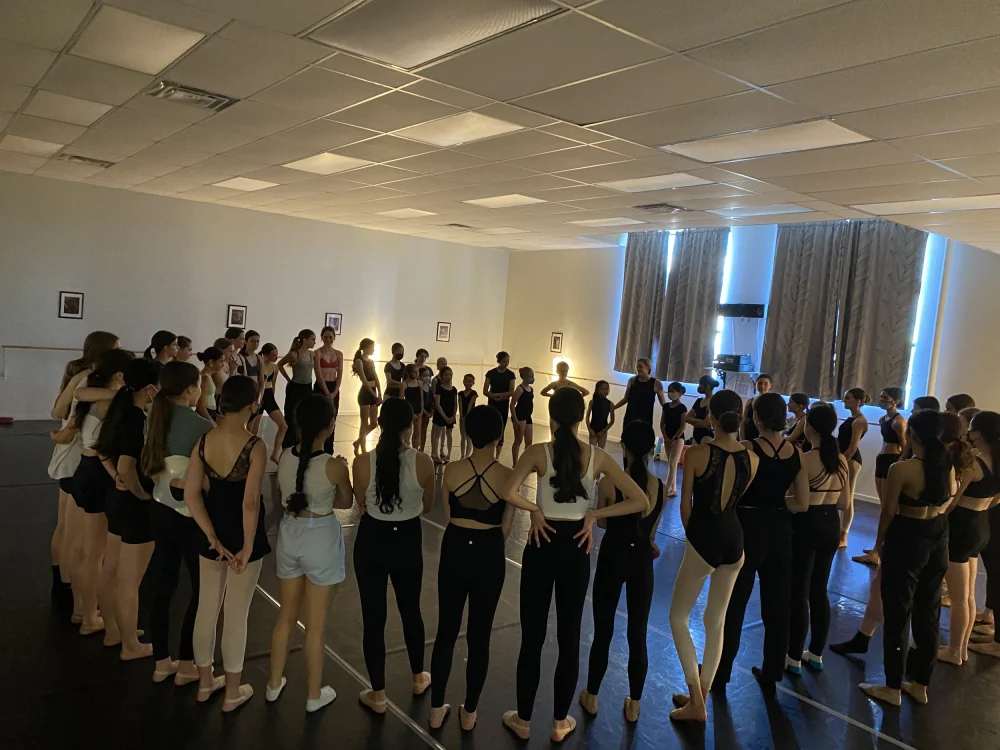
- why-a-dance-school-allows-a-maximum-of-15-students - Why a Dance School Allows a Maximum of 15 Students
- benefits-of-small-class-sizes-in-dance-education - Benefits of Small Class Sizes in Dance Education
- real-impact-from-the-students-perspective - Real Impact from the Student’s Perspective
- how-instructors-adapt-their-teaching-style - How Instructors Adapt Their Teaching Style
- balancing-demand-and-quality-training - Balancing Demand and Quality Training
- why-american-dance-academy-embraces-this-approach - Why American Dance Academy Embraces This Approach
1. Why a Dance School Allows a Maximum of 15 Students
It might seem unusual at first, but when a dance school allows a maximum of 15 students per class, it’s not about exclusivity—it’s about excellence. Limiting class sizes ensures that every dancer receives focused instruction, personalized feedback, and a safe space to grow. Especially in disciplines like ballet or jazz, where posture and technique matter immensely, close supervision is key to student development.
2. Benefits of Small Class Sizes in Dance Education
There are measurable benefits to keeping dance classes intimate. Instructors can observe each student’s technique in detail and make real-time corrections. Students also report feeling more comfortable experimenting with movement when they’re not lost in a crowd. Group dynamics improve too—15 dancers can move in sync more easily than 30, improving coordination and rhythm through collaborative effort.
In one example from a hip-hop program in California, students showed a 28% improvement in movement precision when class sizes dropped from 25 to 15. That’s the kind of progress that transforms casual interest into a lifelong passion.
3. Real Impact from the Student’s Perspective
Ask any student in a small class and they’ll tell you: “You can’t hide.” And that’s exactly what some love about it. One teenage student at American Dance Academy shared that she finally nailed her pirouette after weeks of hands-on guidance from her instructor—something she struggled with in larger classes. “They saw me, corrected me, and believed I could do it,” she said. The human connection in smaller groups fosters trust and motivation.
4. How Instructors Adapt Their Teaching Style
When working with only 15 students, dance instructors can teach more dynamically. Instead of one-size-fits-all routines, they create progressions tailored to individual levels. If one student needs help with timing, and another with flexibility, both can get targeted advice in a single session.
This adaptive instruction style boosts engagement. Teachers feel more invested, and students benefit from their deepened expertise. It’s also safer—missteps in a crowded room can lead to injury. With fewer students, instructors can proactively prevent poor habits before they become dangerous.
5. Balancing Demand and Quality Training
Of course, capping enrollment at 15 students means some prospective dancers may have to wait for a spot. But from a quality standpoint, this is a worthwhile tradeoff. Schools that scale too quickly often lose their essence: one-on-one mentorship, detailed corrections, and the emotional connections that keep kids returning.
Schools like American Dance Academy have built systems to manage demand, from waitlists to priority enrollment windows. This helps ensure fairness while upholding high standards.
6. Why American Dance Academy Embraces This Approach
At American Dance Academy, the 15-student cap is a core value. It reflects a belief that every dancer deserves attention, feedback, and care. Instructors aren’t just teachers—they’re mentors shaping young artists. And when classes are small, that mentorship can thrive.
For parents looking to invest in quality dance education—and students who want to learn in a focused, encouraging environment—this model delivers results. If you're searching for a school that prioritizes individual growth and professional standards, American Dance Academy is a place where passion meets precision.
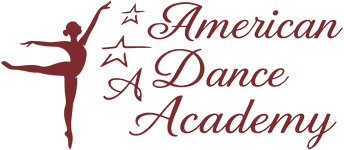

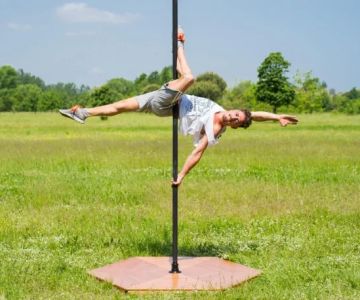
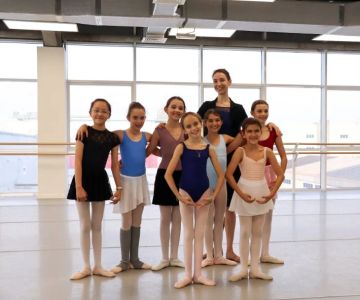


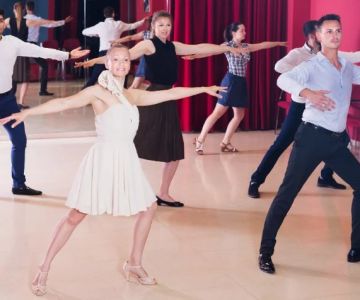
 Barrington Dance Academy5.0 (22 reviews)
Barrington Dance Academy5.0 (22 reviews) Canyon Concert Ballet4.0 (17 reviews)
Canyon Concert Ballet4.0 (17 reviews) Big City Dance Center LLC4.0 (25 reviews)
Big City Dance Center LLC4.0 (25 reviews) Tye Chua Dance & Kalamazoo Ballet5.0 (18 reviews)
Tye Chua Dance & Kalamazoo Ballet5.0 (18 reviews) Fenton Ballet Theatre4.0 (24 reviews)
Fenton Ballet Theatre4.0 (24 reviews) Front Street Dance Center5.0 (7 reviews)
Front Street Dance Center5.0 (7 reviews) Are There Dances in Middle School? What Students and Parents Should Know
Are There Dances in Middle School? What Students and Parents Should Know How a Dance School in Instagram Builds Community and Success
How a Dance School in Instagram Builds Community and Success Why Do Schools Teach Square Dancing?
Why Do Schools Teach Square Dancing?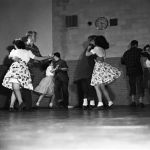 Why Was Square Dancing Taught in School?
Why Was Square Dancing Taught in School? Why Swing Dance Is Popular for Adults
Why Swing Dance Is Popular for Adults A School Dance: How to Prepare, Shine, and Make It Unforgettable
A School Dance: How to Prepare, Shine, and Make It Unforgettable